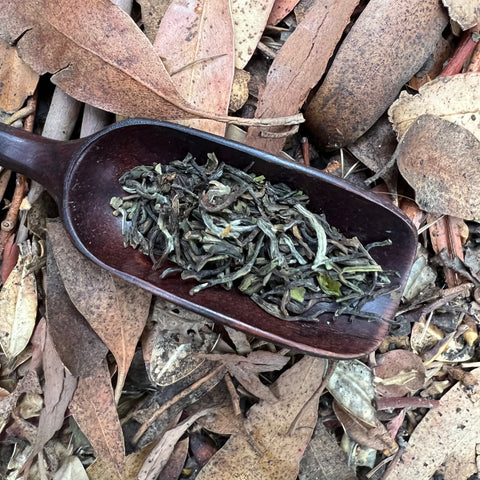Soo Soo Choi's South Korean Ryohongcha (Black Tea)
Simply put...
A vibrant, smooth and fruity black tea
In more Depth...
Tea Maker : Soo Soo Choi, Dachae Tea
Origin / Garden name and location : Noding-myeon, Boseong-gun, Jeollanam-Do, South Korea
Size of garden : Total size 9 hectares with 2.9 hectares dedicated to tea fields
Harvest Time : Early to mid May
Cultivar : Yabukita seeds & native species mixed by natural crossing, wild species
Grade : In the production level of "Ujeon" and "Sejak", the tea is sorted the according to the exact specification of the grade. This black tea is made from the larger or 'big' leaves that drop out during this process.
Plucking standard : Hand picked
Experience : A vibrant, smooth and fruity black tea
Last visited by Comins : Rob Comins : April 2019
How to make Soo Soo Choi's Hongcha
Amount of tea per serving (200 ml): 2g (half tea caddy spoon / 1 teaspoon)
Temperature of water: 100℃ / 205℉
Infusion time: 2 - 2.5 minutes as desired
Number of infusions: 3-4
How to enjoy: No milk, no sugar
Tales of the Tea Trade : Dachae Tea
Extract from our book Tales of the tea trade : Soosoo Choi: ‘I run a tea farm called Dachae in Boseong. Our farm is located at an altitude of 230 metres and is 9 hectares in total, with 2.9 hectares dedicated to tea fields. Three people work regularly on the farm, all of whom are family members, and we use extra people only temporarily when we make tea or manage the farm. [...] We started our brand in 2010, focusing on the values of colour, diversity, harmony, and the beauty of Mother Nature. The name Dachae literally means “various colours”, but also can be interpreted as “colour of tea” or “house of tea”. We gave our name a lot of thought as we wanted it to convey something to the tea drinker before they experience the tea.

[...] ‘I first started out in tea farming because of an interest in plants, but later I fell in love with the dramatic changes of tea leaves that were in uenced by human hands [...]

‘Since tea farming is based on plant materials, the pattern of work is repeated once a year rather than once a day. Because our tea farm is small, the whole process of delivering a cup of tea to consumers, from soil, cultivation, processing and packaging to marketing and sales, is in our hands, and these activities follow a pattern and rhythm throughout the year.’ [...]
Michelle : As we leave, I ask Soosoo what she believes makes the difference between good and great Korean tea. Her reply has really stuck with me because it is completely in line with my thoughts and feelings on tea [...]

[...] ‘Nearly everything is important in producing a great tea. Choosing an appropriate cultivar, sensitivity in the handling of the tea and having a fine control of the details of a tea-processing process. All of these elements must be carefully considered, so you can start to see how much hard work sits behind making a great tea. Despite these endless e orts we understand that there has to be an exception. Each of us all have our own private history, a weight of life, context and drama. So when we make tea we already know in our hearts that our personal best may not suit others [...] So I do not impose my personal taste on others [...] It is important to let people enjoy tea comfortably instead of making them “learn” the way to drink tea. All of this will leave good memories about tea and help tea drinkers to choose great tea by constant effort, and to see and appreciate how tea changes over time.


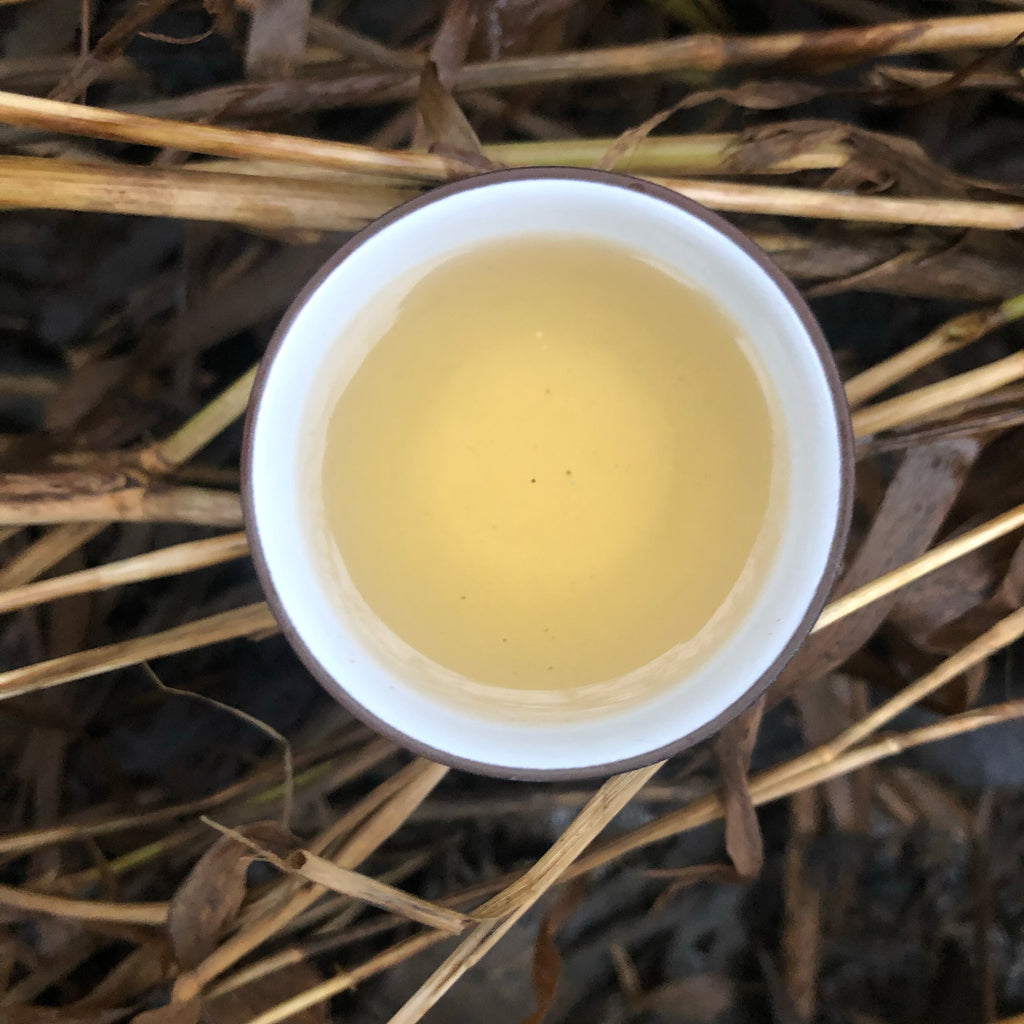

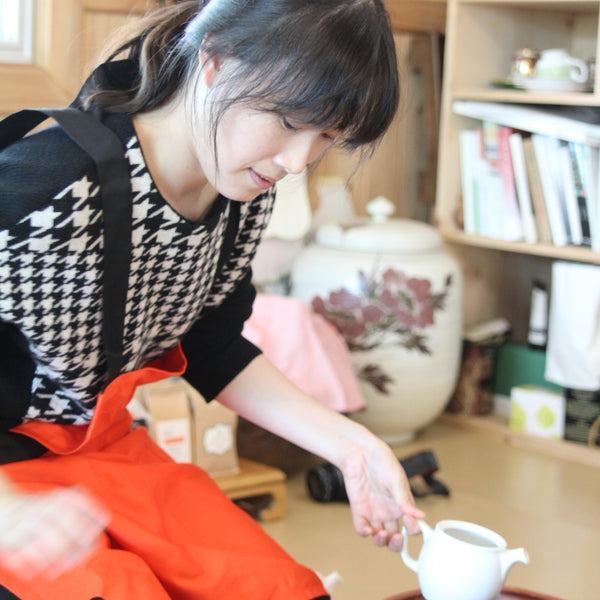
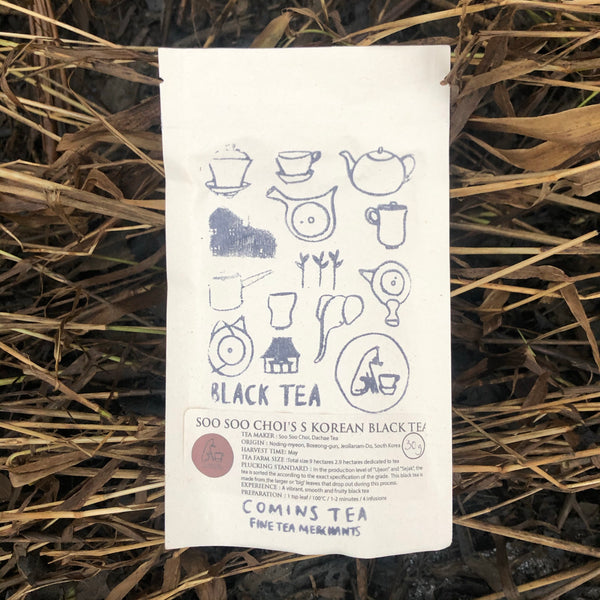
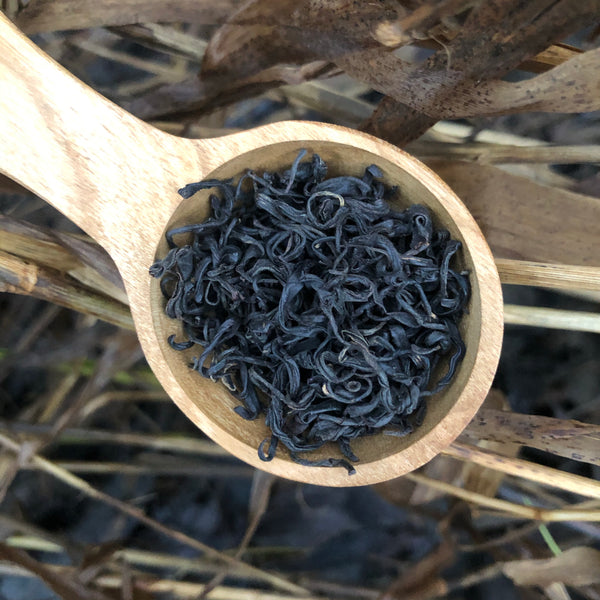
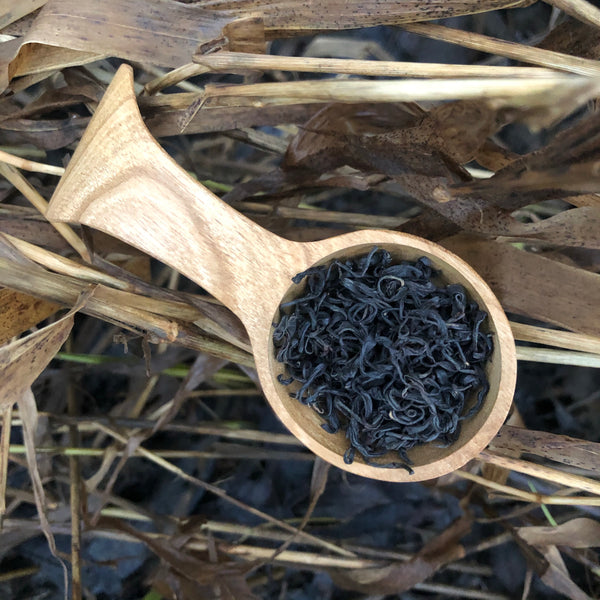
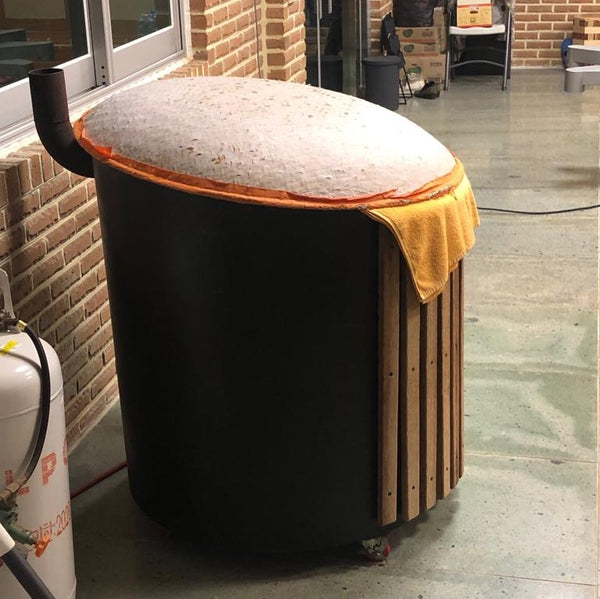
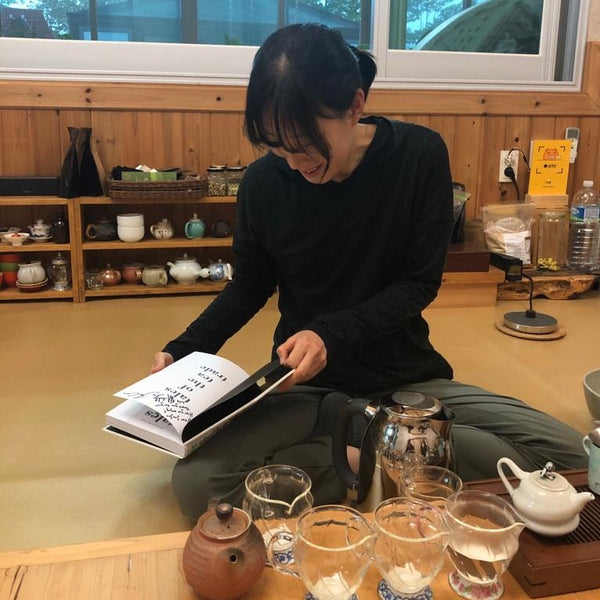
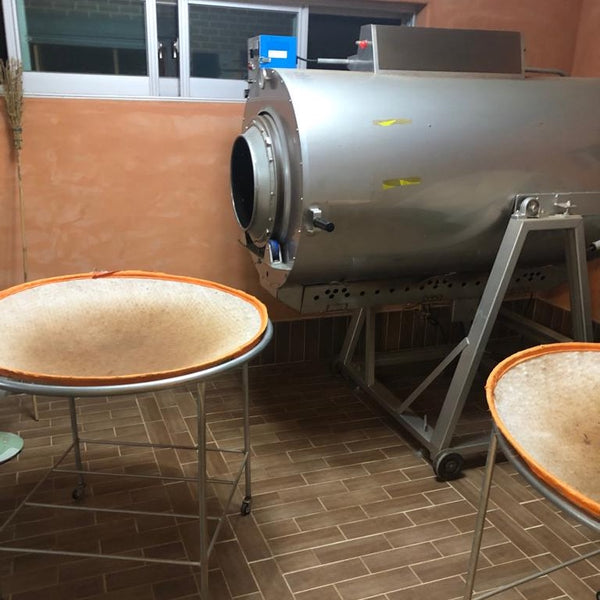
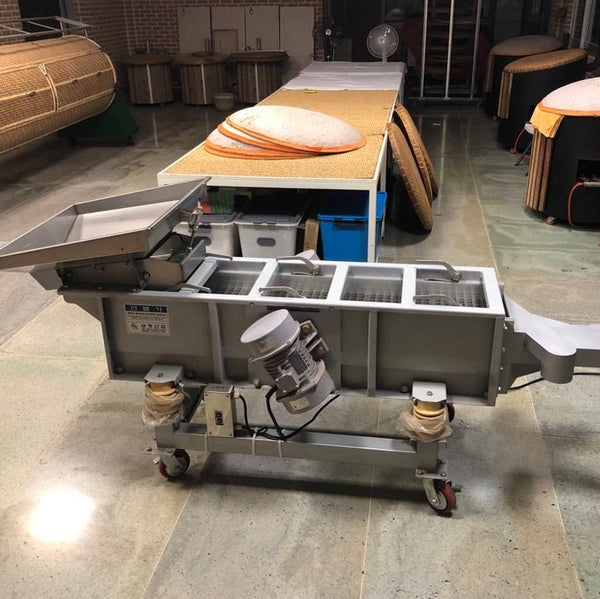
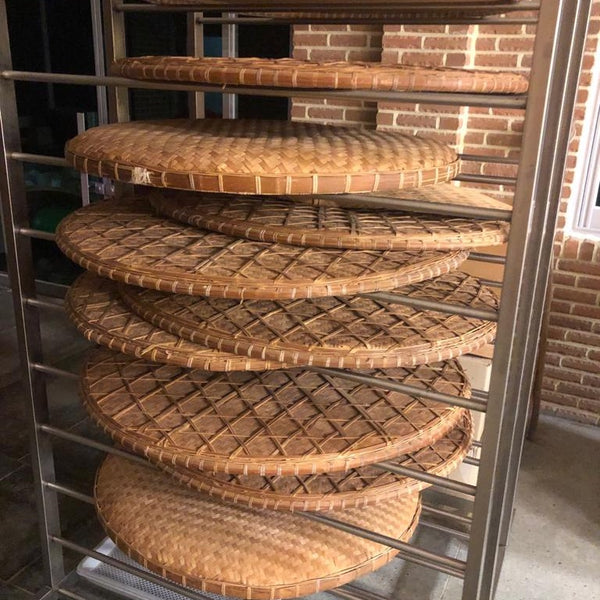
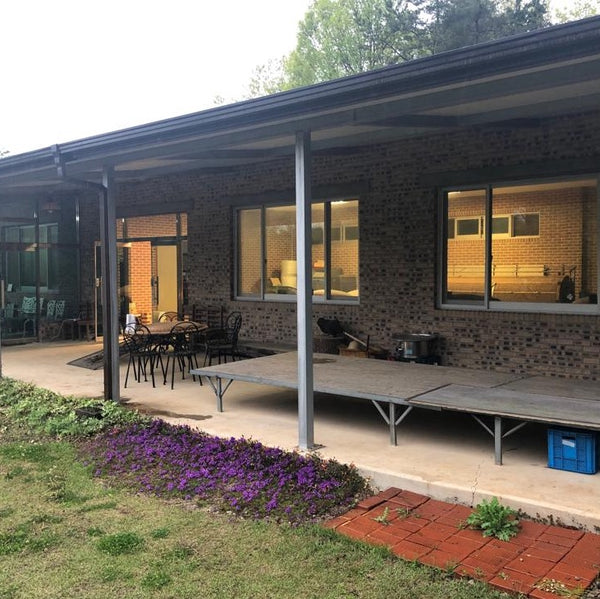
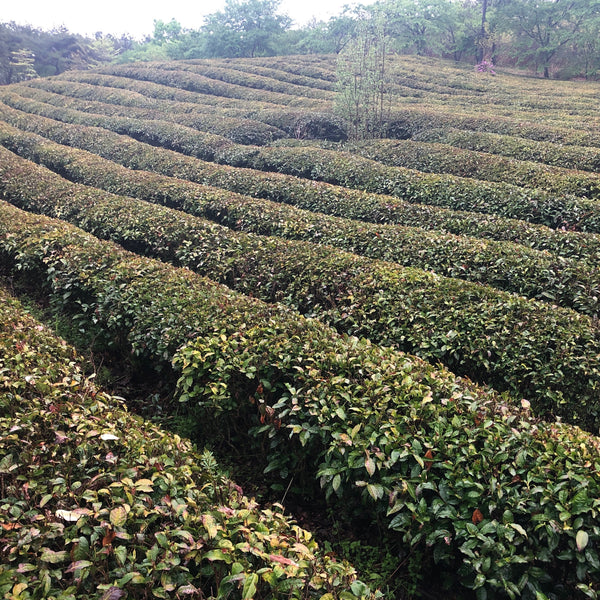
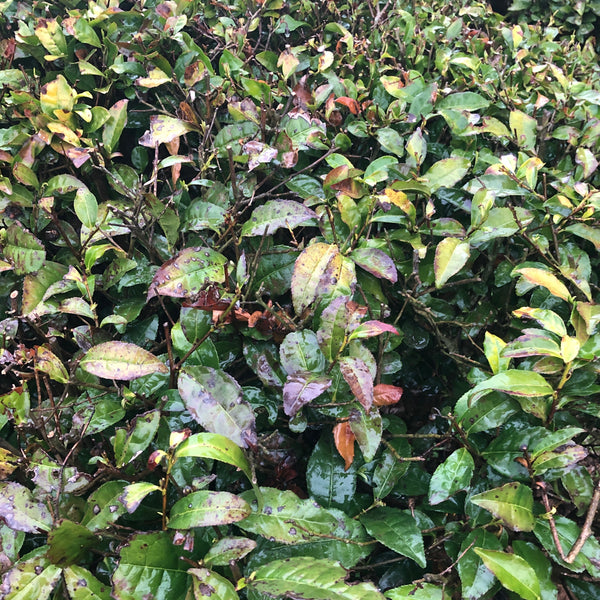
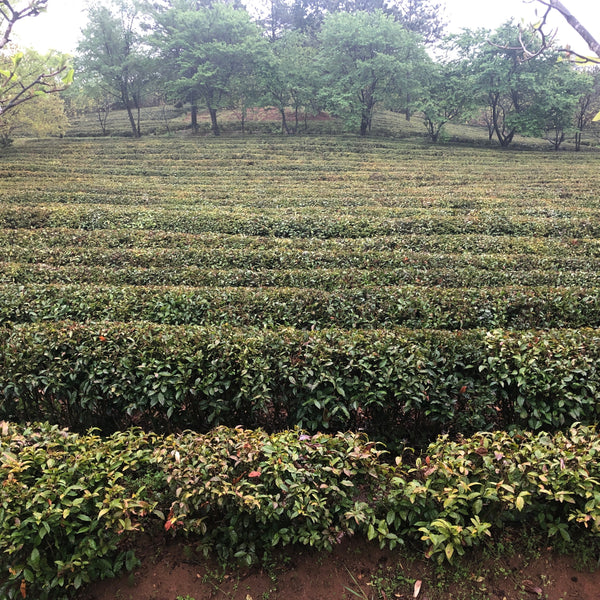
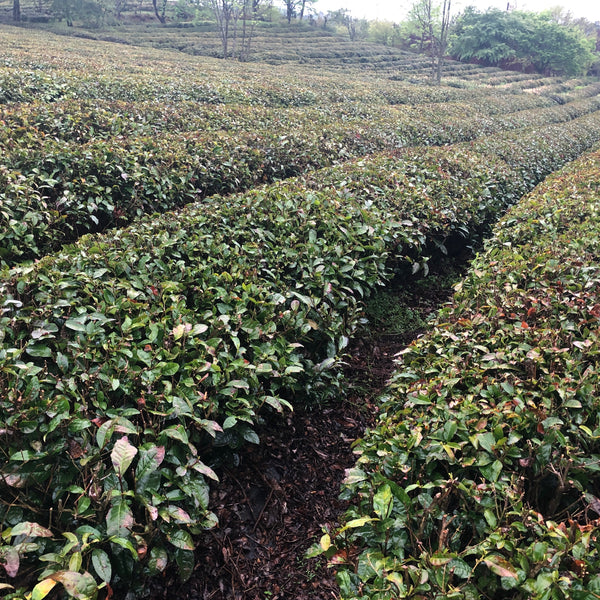
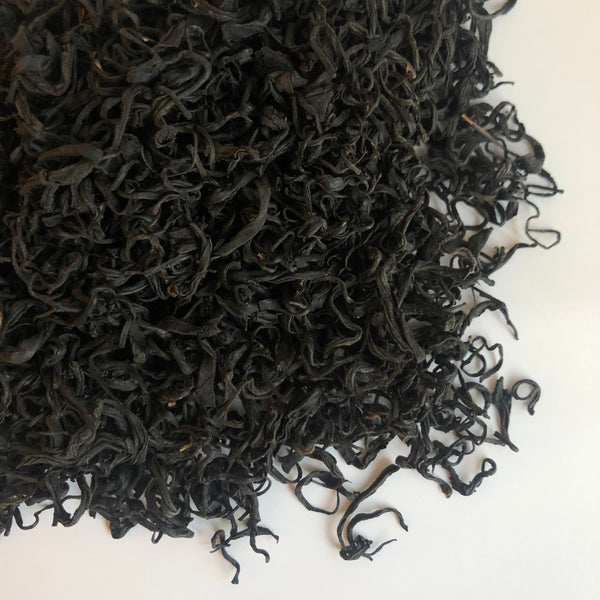
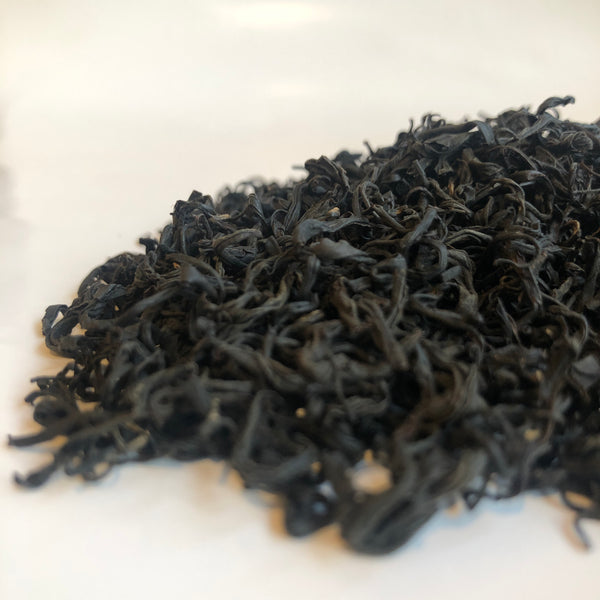
![2025 EXPLORE Black Tea [3 tea gift box]](http://cominstea.com/cdn/shop/files/335994DE-05DF-483B-844A-5602BA9DC729_large.heic?v=1700753987)
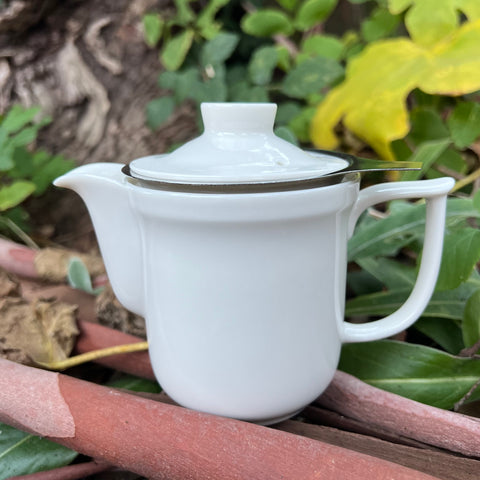
![Jun’s Jungjak Black Tea [South Korea]](http://cominstea.com/cdn/shop/files/1C967791-BAD6-41C1-98DF-71372D959E1D_large.jpg?v=1731863934)
